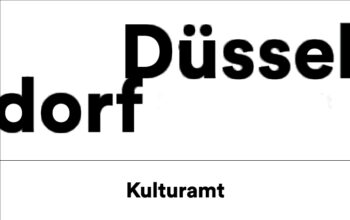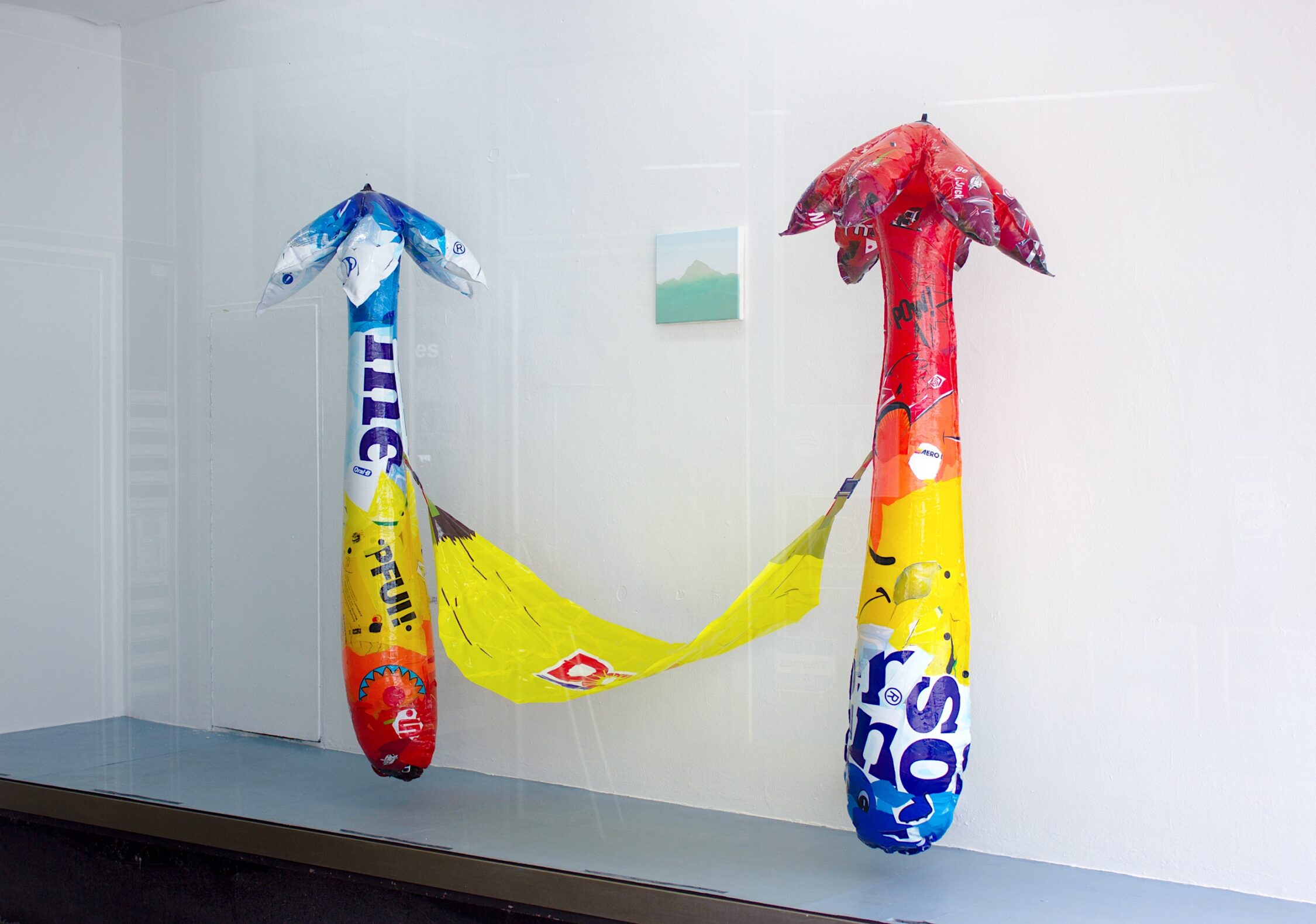
It was one of those details that dwell in a special kind of obscurity reserved for the perfectly obvious.
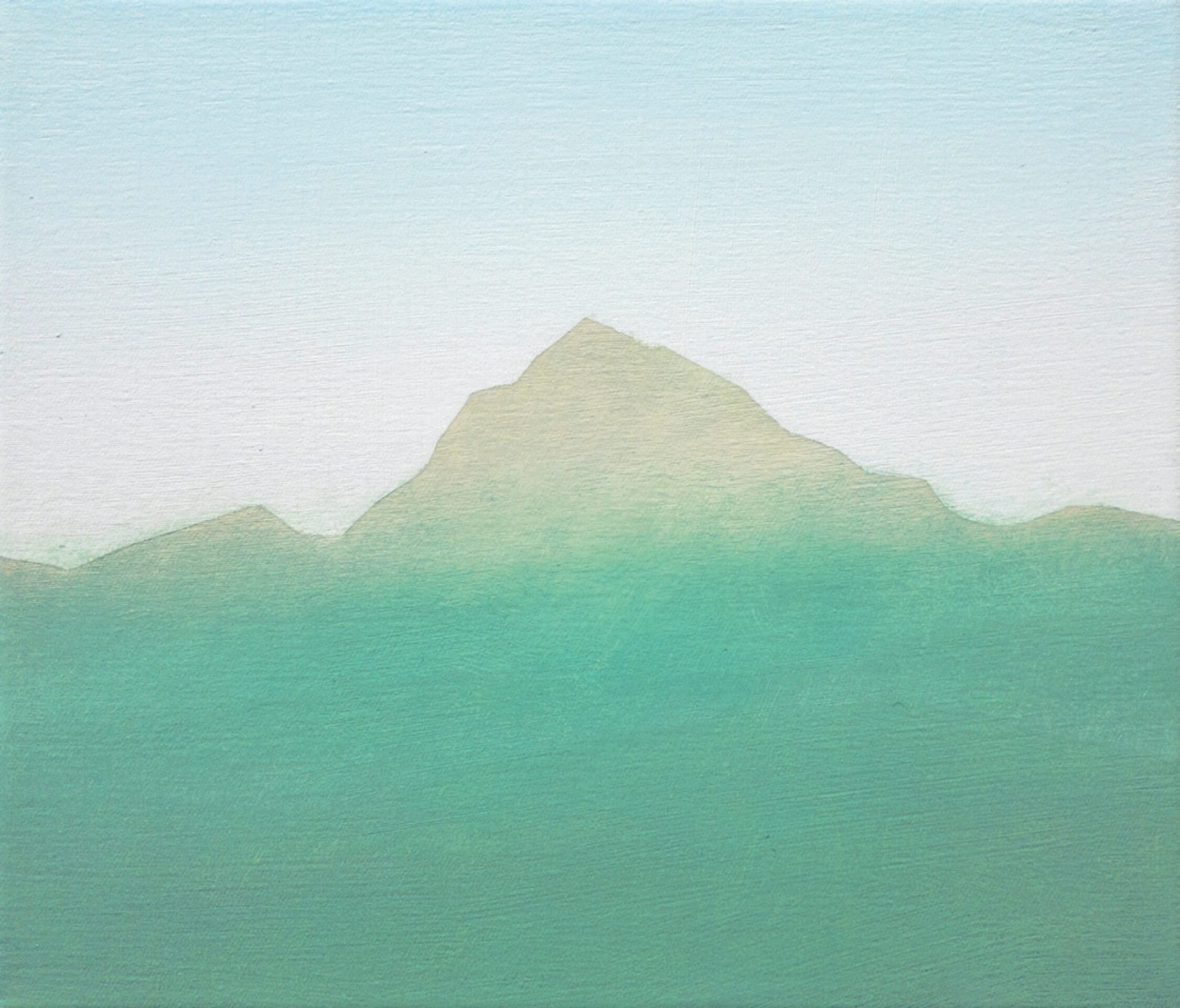
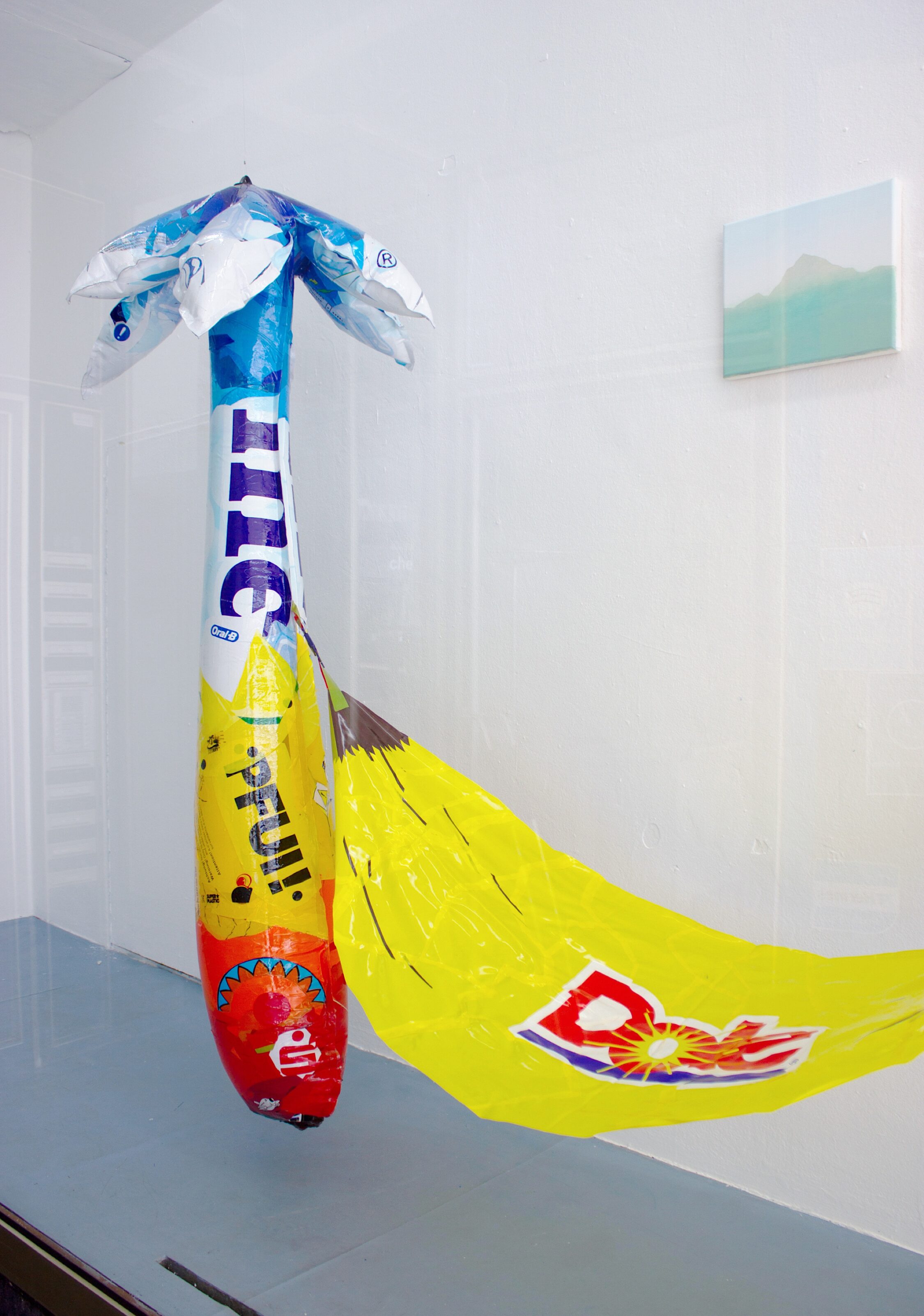
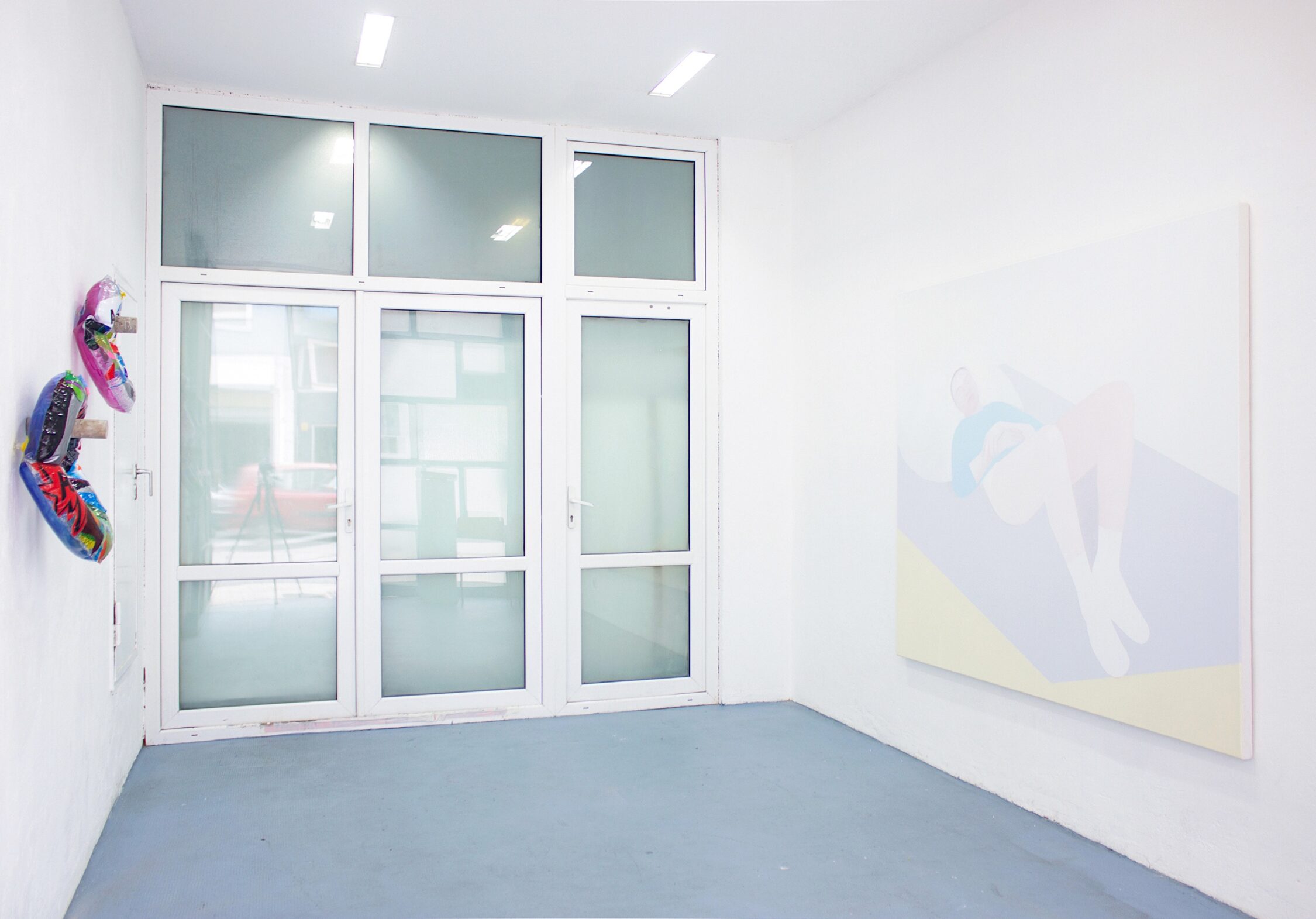
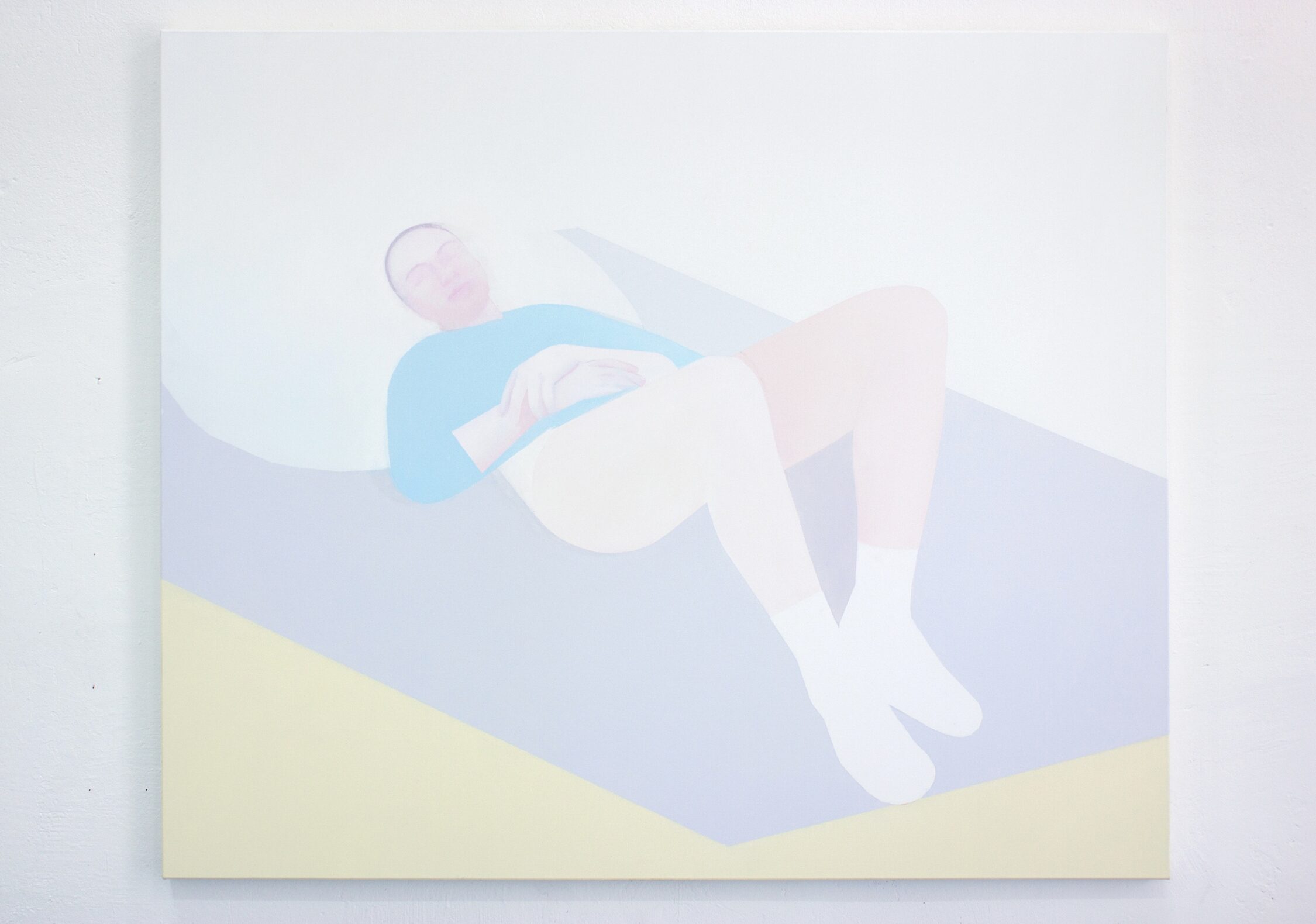
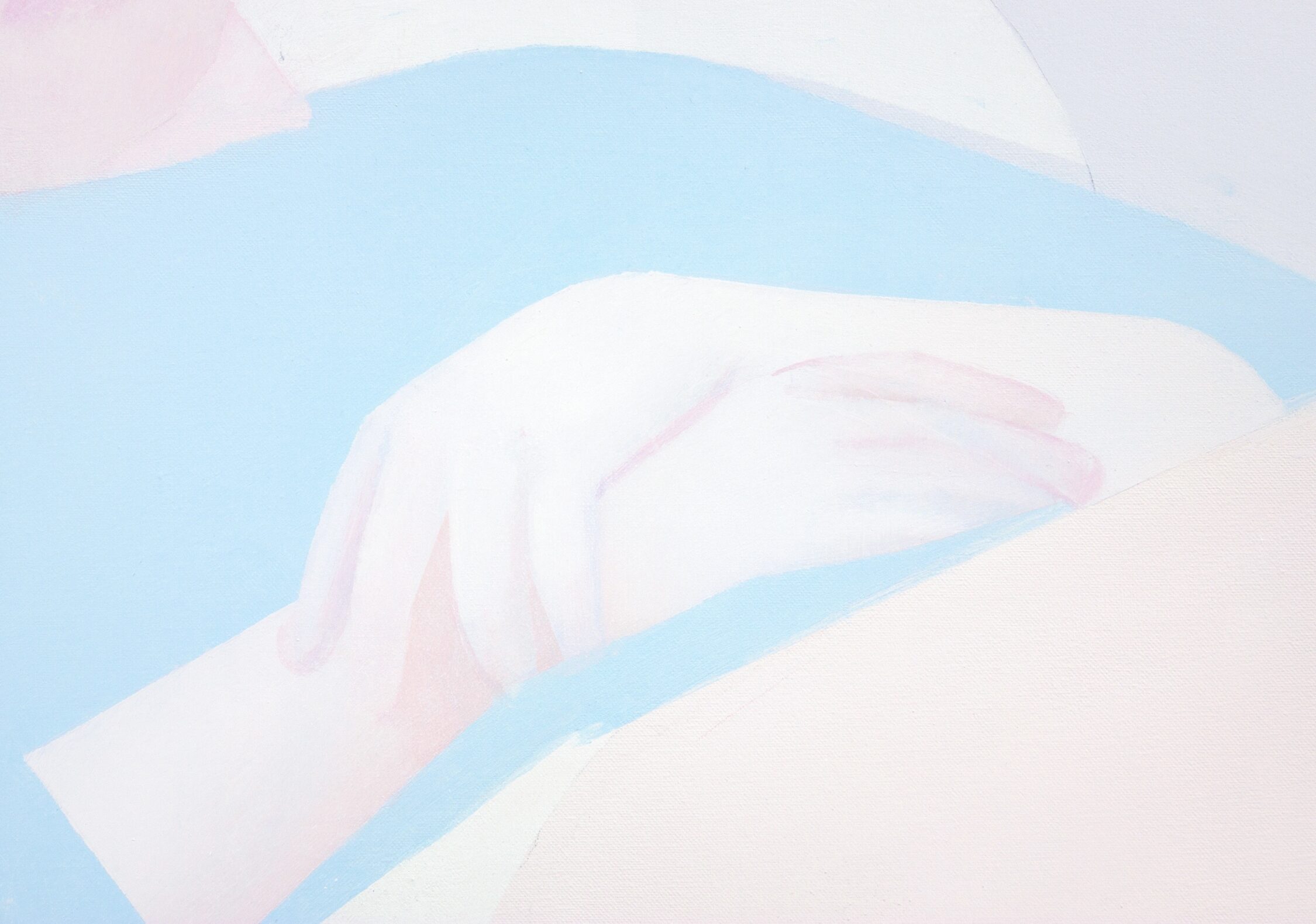
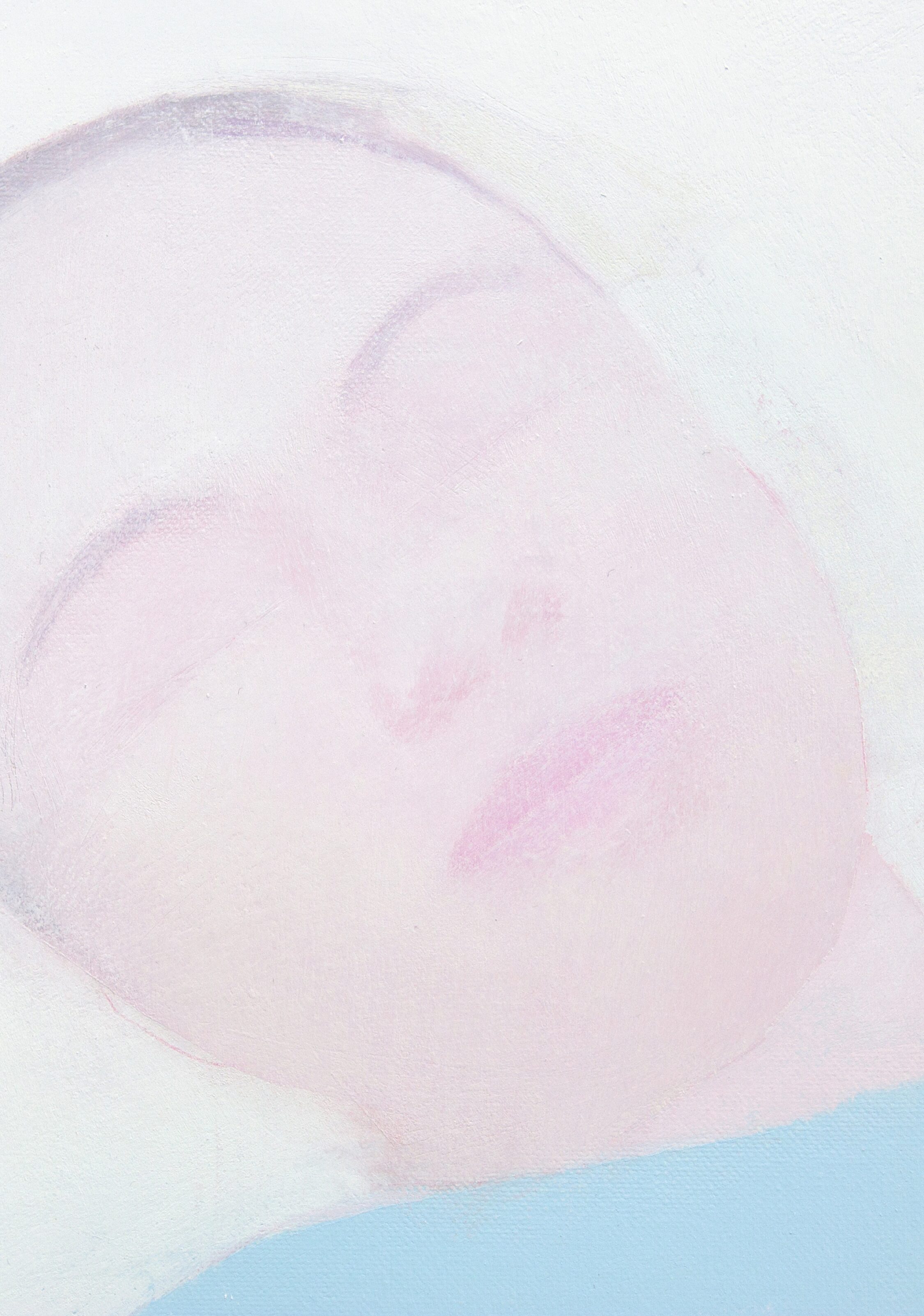
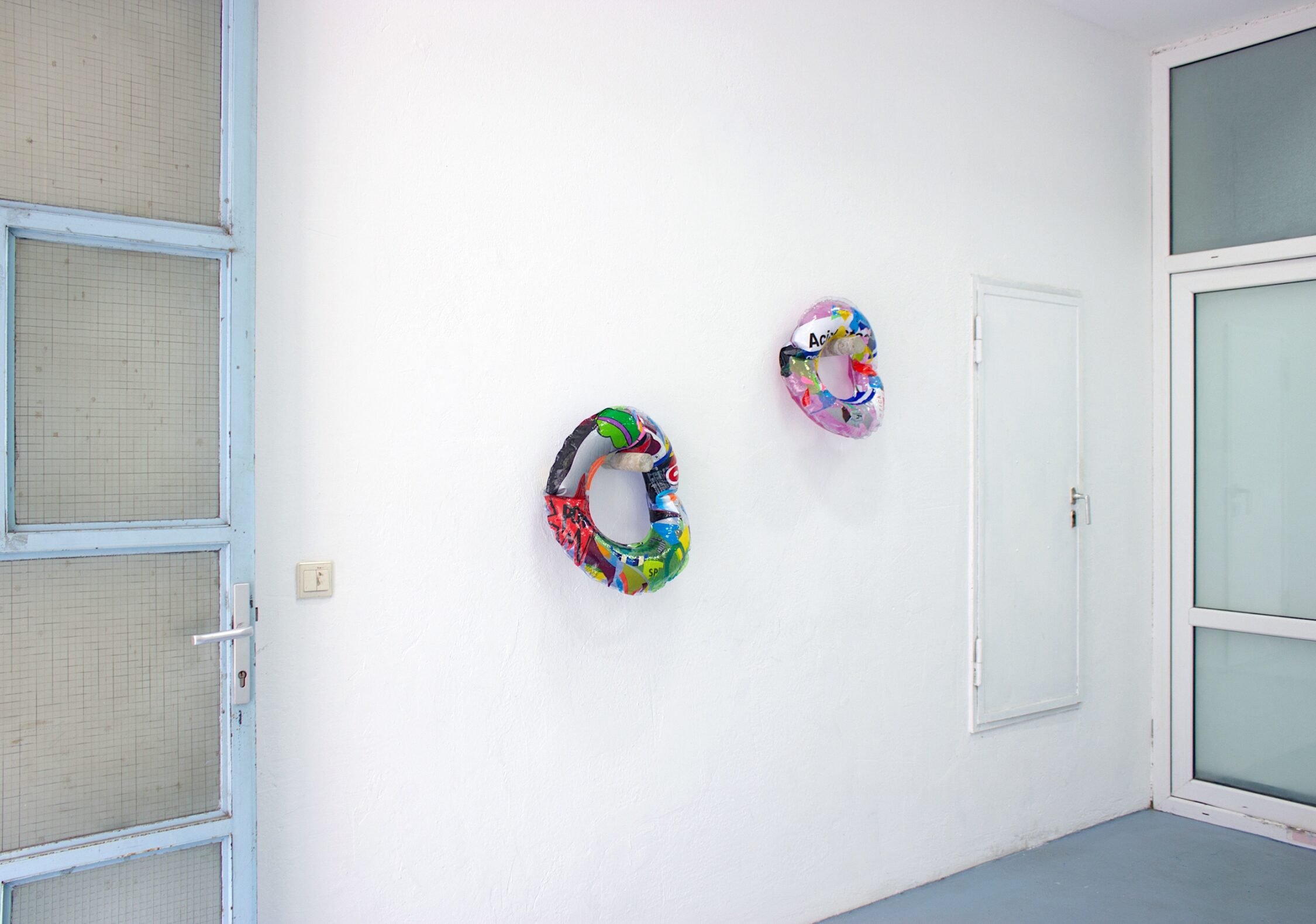
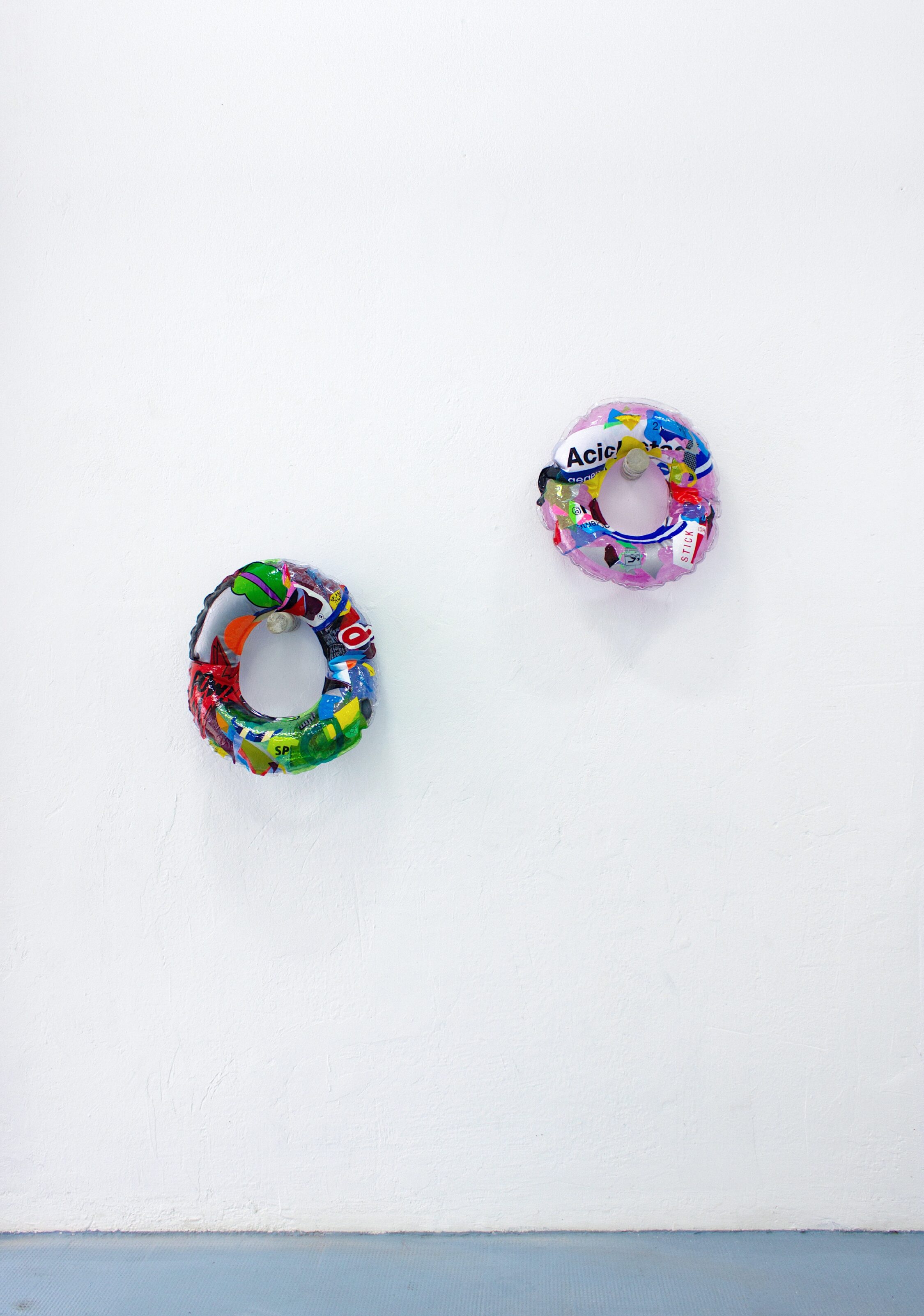
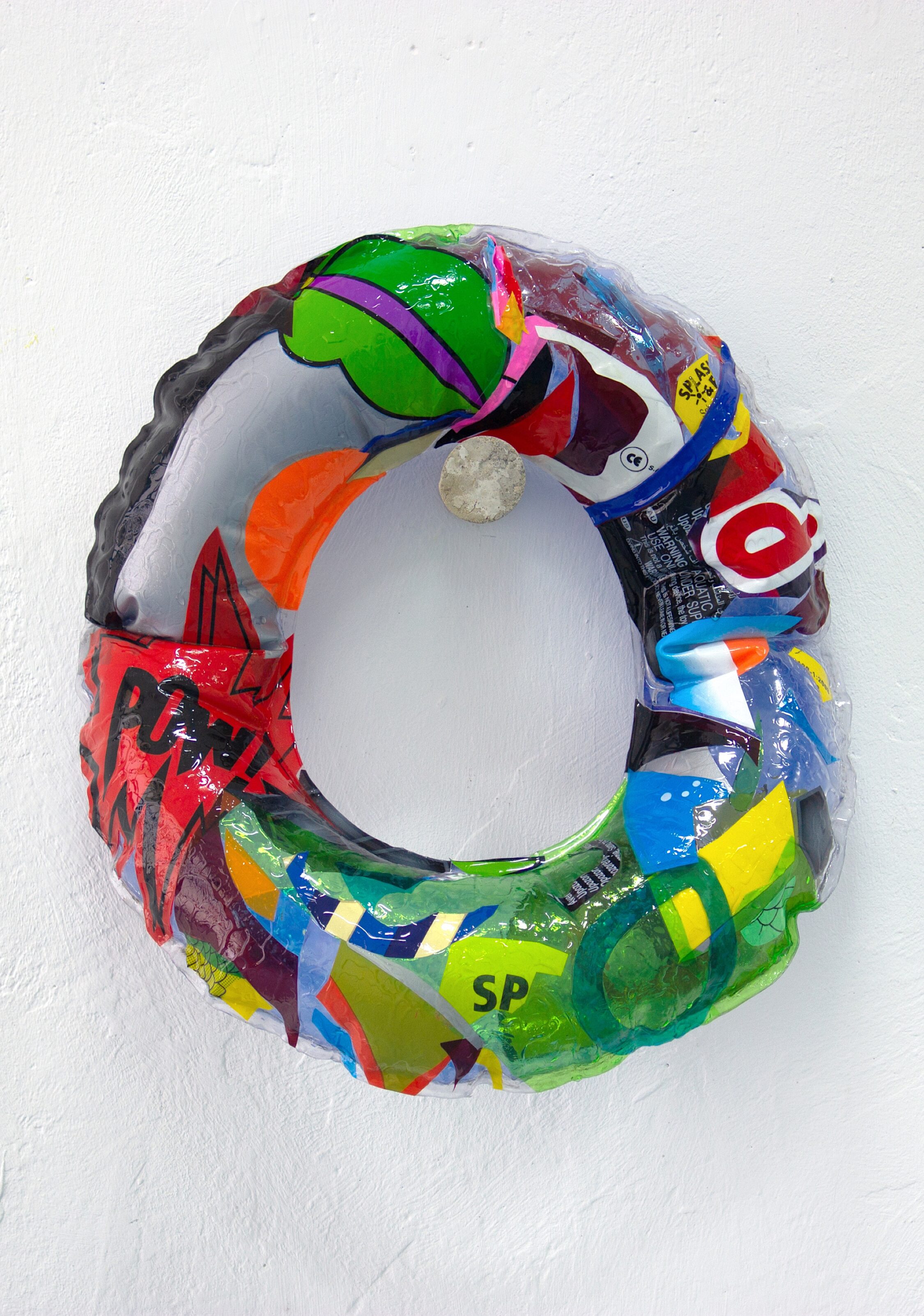
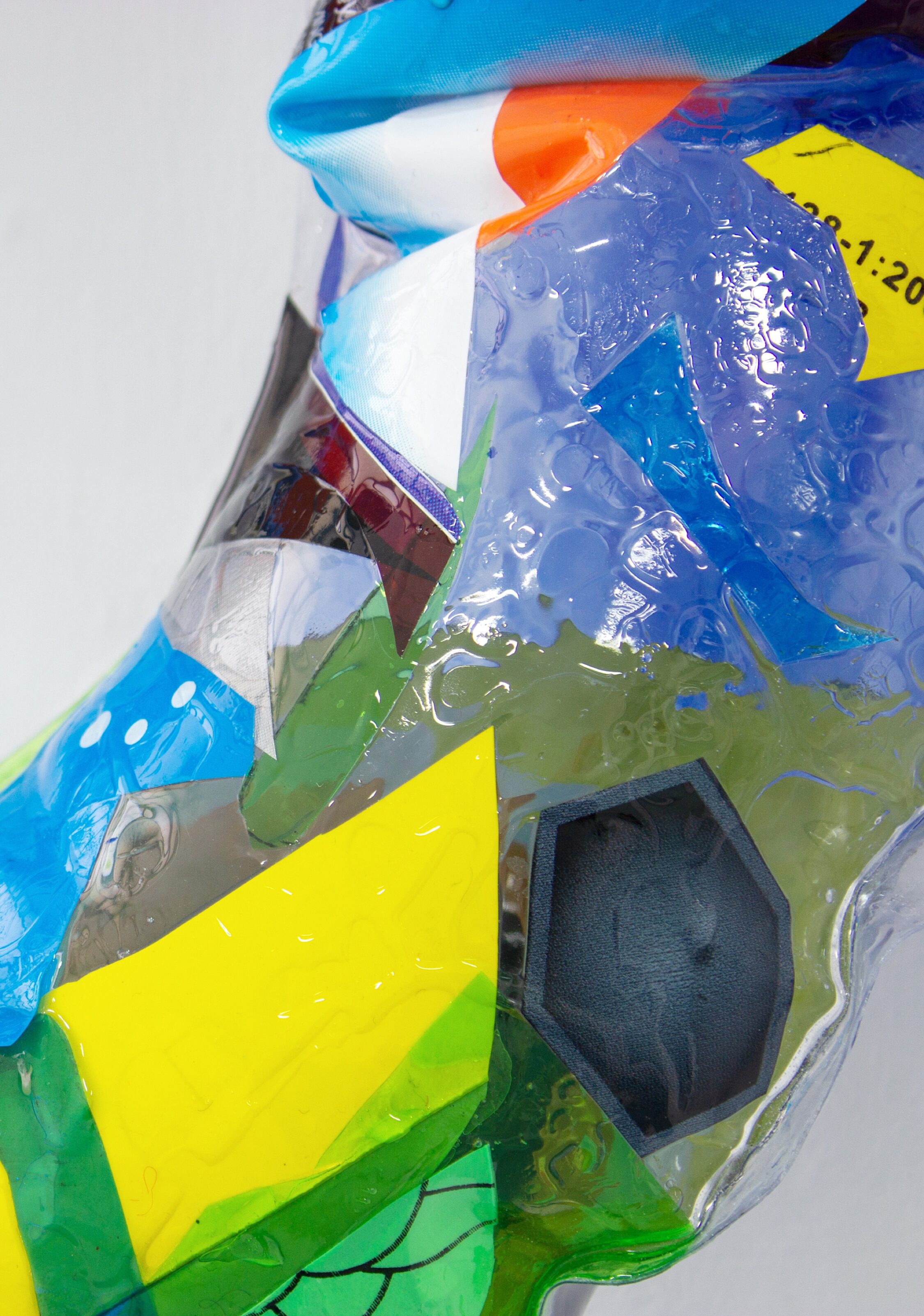
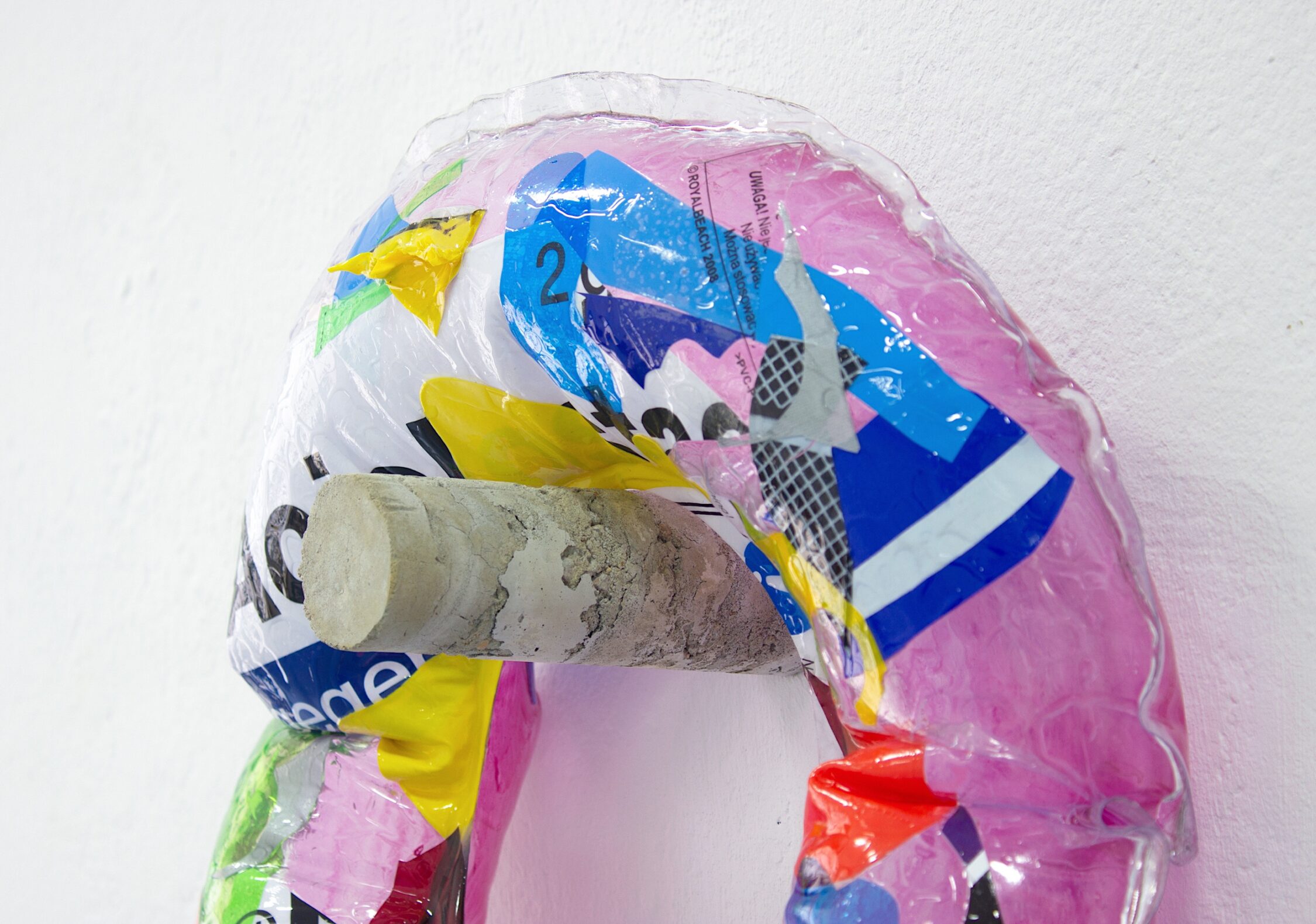
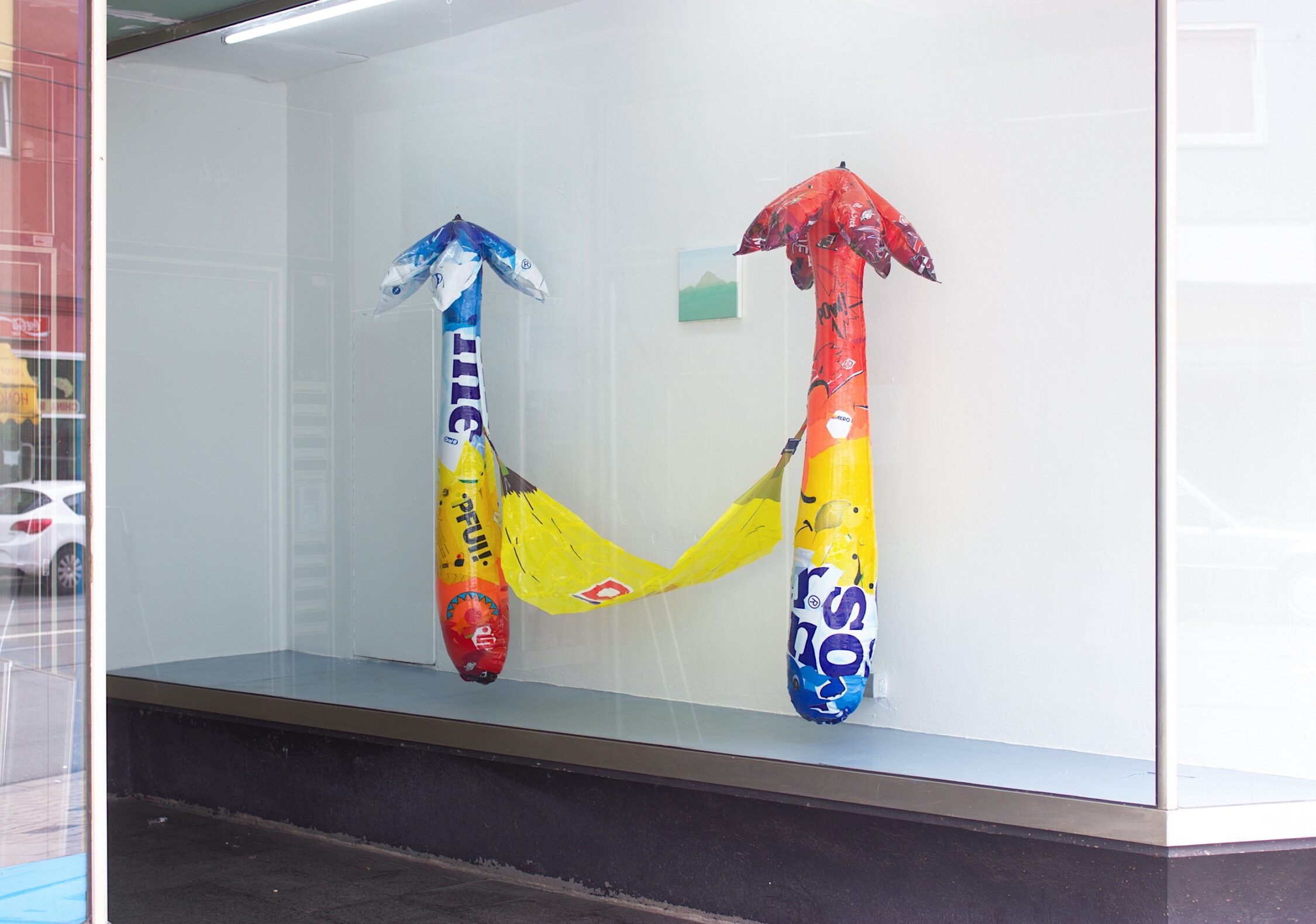
Sometimes this place seems hardly worth my time. But then I remember how idyllic it was when I first made the long journey to get here. Of course, there is always a fair amount of excitement, and you open yourself up to a number of new possibilities. You begin to, seemingly at random, stitch together narratives and form associations. But there were so many images and stories to contend with. I came to understand that these images weren’t only mine, or mine to construct—they also came from other places and sources, and I remember thinking that it’s unrealistic to believe that they didn’t. Reflecting back on these moments, distance and time seemed to somehow coalesce. Then I began to think about the many ways we, as a society, can collectively share memories. We develop and maintain specific relationships to images. But this also has the distinct capacity to progress into fiction or fabrication, abstracting what we may think of as an “objective truth”. I began to try and differentiate between an “authentic” memory, and one that could simply be an absolute construction. After all, recounting how we understand images and ideas from our past is a critical means of ensuring the development of knowledge concerning our present identity. This can be particularly true for those memories that manifest themselves in an ambiguous manner, creating meaning from a multitude of sources over an extended period of time. It is as if these are reduced to a derivative symbol, becoming a smooth and rounded caricature of reality. I remember reading an article about a man who served in the United States Army during the Vietnam War. During the course of an interview, he was asked how films in particular were accurate in depicting the chaos and horrors of the war that he experienced. Realizing that his memory over time has become convoluted and distorted by images, language, and the ancillary descriptions of others he stated, “The pure experience is no longer there.”
But again, as I recounted the beginning of my aforementioned journey, I had a desire to somehow keep these things more pure, where I could understand something—an image, an object, an idea—as capable of moving from a place of normality to a place of transcendence.
Kris Douglas
